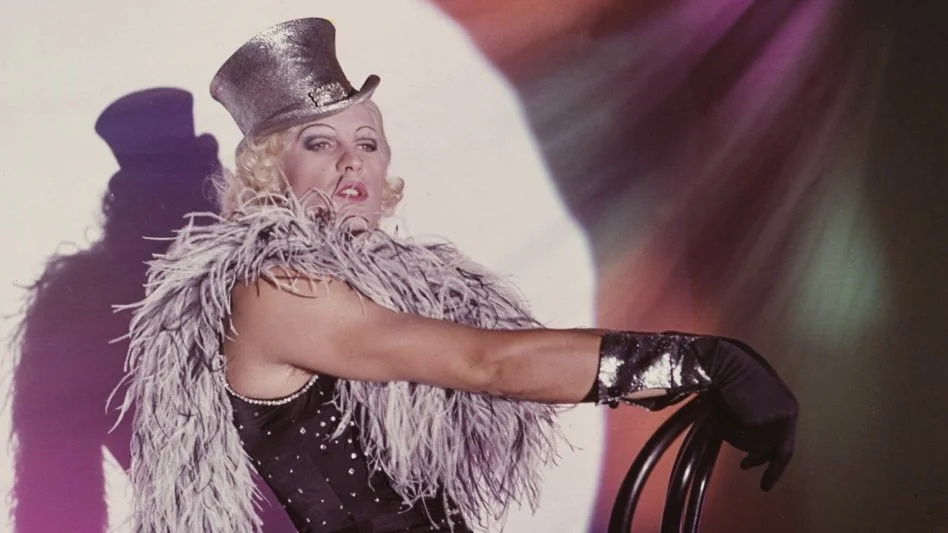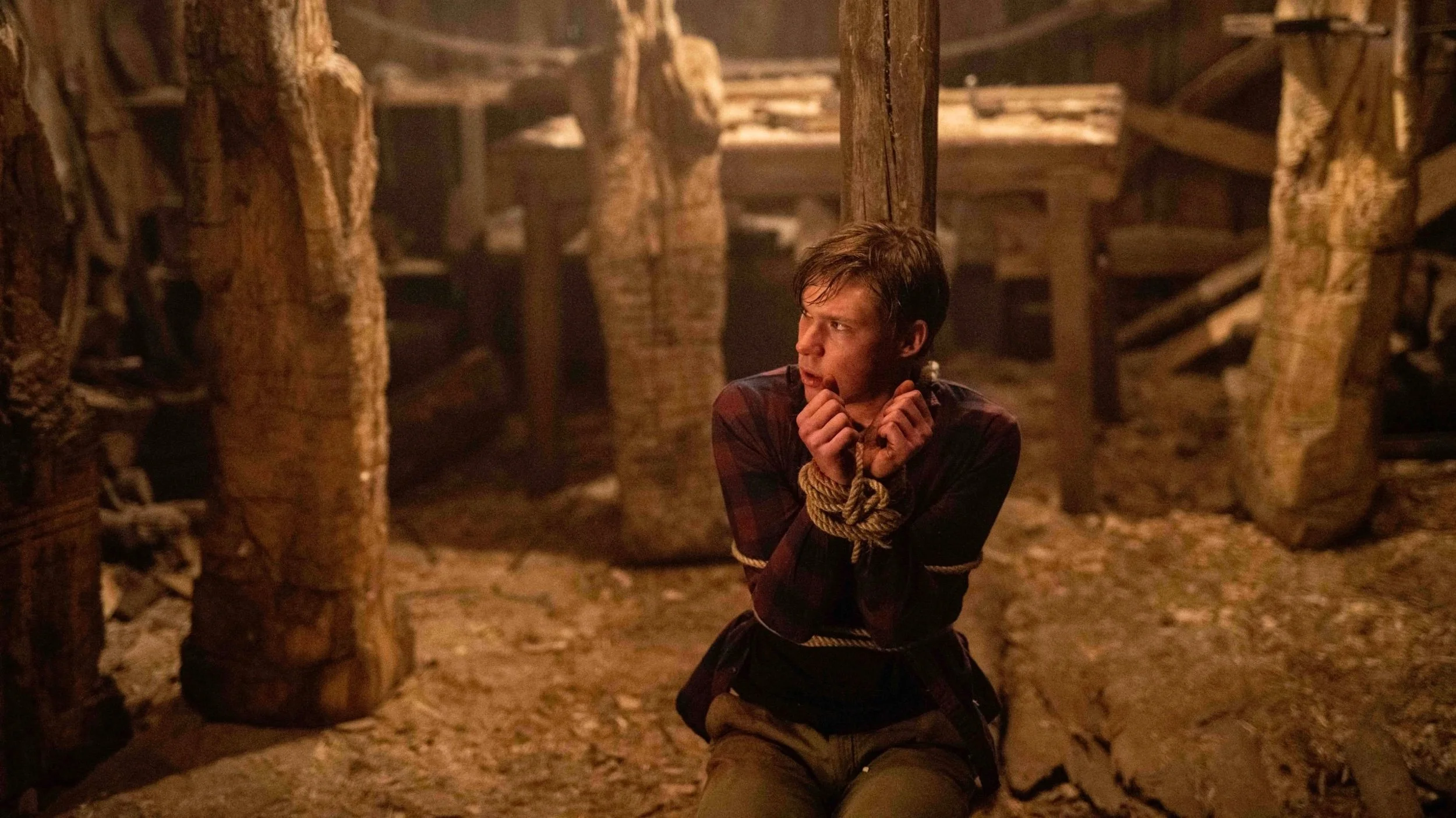Book Review — "Cleveland Noir"
I lived in Cleveland for nine formative years. I went to school there, started working in the film industry there, and began living my gay life there. Coming from rural Ohio, where my opportunities were limited, Cleveland offered exciting and eye-opening experiences for me. It isn’t a perfect city; I’m aware it’s not everyone’s pierogi, but it happens to be mine. I’ll always love it—burning river and all. So, when I received word that Akashic Books was finally releasing a Cleveland addition to their extensive Noir series, I knew I had to check it out.
Akashic has been publishing locale-themed noir anthologies for almost two decades. As a life-long library wanderer, I’ve seen spines like Manhattan Noir (ed. Lawrence Block), Baltimore Noir (ed. Laura Lippman), and Dallas Noir (ed. David Hale Smith) on shelves, but I’d never cracked one open—despite growing up on Turner Classic pulp—probably because I lacked a connection to anywhere outside of the Great Lakes area until adulthood. And now I realize how silly I was to wait for an installment about a place I know.
Because if the rest are anything like Cleveland Noir, each volume is a dark and sharply constructed city tour, more revealing and entertaining than any Visitors Center would willingly provide! In total, we have fifteen short stories here, divided into four sections: City Center, The Outliers, The Trendy, and The Heights. Each represents a different neighborhood, or area, of the metroplex.
I was a west-sider for eight of my nine years, so I’m partial to The Trendy. For most of those eight, I resided in Lakewood, the setting for “The Laderman Affair” by J.D. Belcher. Now, when you think noir, you probably envision a brooding private investigator, thanks to blokes like Sam Spade and Philip Marlowe (both played by Humphrey Bogart). But PIs are not a requirement. In fact, I may go so far as to say that most noir stories function sans détective. “The Laderman Affair” happens to be a PI story, though, in a Veronica-Mars-has-snapped kind of way. And the shit hits the fan just a few blocks from my old place (on Marlowe Ave.!), so it was pretty thrilling to read.
Likewise when it comes to Alex DiFrancesco’s “The House on Fir Avenue”, set in the Gordon Square Arts District, a stone’s throw from where I spent my final two years in Cleveland, in a neighborhood called Ohio City. “The House on Fir Avenue” captures the cyclical, crushing nature of the universe, which may be my favorite noir trope… A denigrated, recently widowed father, who feels like he’s lost everything, lashes out and learns that you can’t fuck with fate. There’s no winning in noir. Everything sucks and just about everyone is shitty. One way or another, we’re all doomed—no matter who you are.
Be that as it may, the noir characters who get what’s coming to them usually deserve it somehow, and the justice is often dealt poetically. The East Cleveland-based “Sugar Daddy” by Abby L. Vandiver is a great example. Vandiver, like a lot of the wisest noir authors, knows that cops are scum. “Sugar Daddy” is told from the POV of a very bad cop who considers himself the patron saint of troubled, wayward women. He leverages his power to gain control over them while seemingly convincing those around him that he’s god’s gift. The savvy see through the bull, of course—but the really savvy know how to vanquish the bull, and it’s deliciously satisfying to read.
Perhaps the most terrifying Cleveland Noir beast appears in Sam Conrad’s excellent “Jock Talk”. This chilling story is set in a ’burb (which is scary in itself), and it may be the hardest one to digest. In it, a queer Native American teen in a very white community is abused and manipulated because of who he is. I released more groans of vexation reading this tale than any of the others. “Jock Talk” is gripping, electrifying, and infuriating—it dares you to put it down while demanding that you keep going. Conrad’s prose burrows under the skin and makes the heart pump faster.
Then, for an entirely different sort of stimulation, there’s “The Ultimate Cure” by co-editor Michael Ruhlman. “The Ultimate Cure” is the penultimate entry, and it’s noir in the vain of James M. Cain—what I think of when I think of noir. A man and a woman meet—one has fallen on hard times, the other is well-off—and they get intimate—but, alas, one’s pesky spouse is still around! Scheming ensues. Ruhlman’s story is great for two reasons. First, the plotting is on point. Second, Ruhlman puts a revisionist spin on the femme fatale that I was going to take for a story of my own if he didn’t (but he does!)—meaning, I foresaw the outcome, but I didn’t think it was actually going there; the paths I “see” are seldom the path an author takes. Technically, these aren’t predictions, more like intuitive sparks. This is all a roundabout way of saying that Ruhlman and I seem to be on the same wavelength.
Michael Ruhlman and his co-editor Miesha Wilson Headen, who also penned a story for the book, have curated a helluva lineup. Cleveland Noir comprises a variety of styles and moods that push the genre’s potential and add texture to the city’s terrain. One need not be a local to enjoy it. In fact, read it even if you don’t know the city—let it be your dark guide. I’m about to do that with Austin Noir, a city I’ve somehow never been to, even though I’ve lived in Texas for two years… On a side note, Cleveland Noir reignited something in me recently, because I started writing fiction again after a lengthy hiatus. So, in other words, hit me up if you’re gathering stories about the Great Lakes region, the Chesapeake Bay area, or north Texas!


